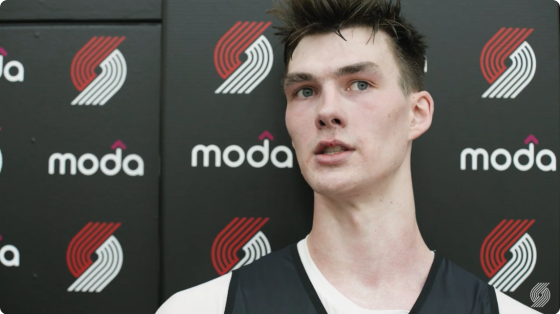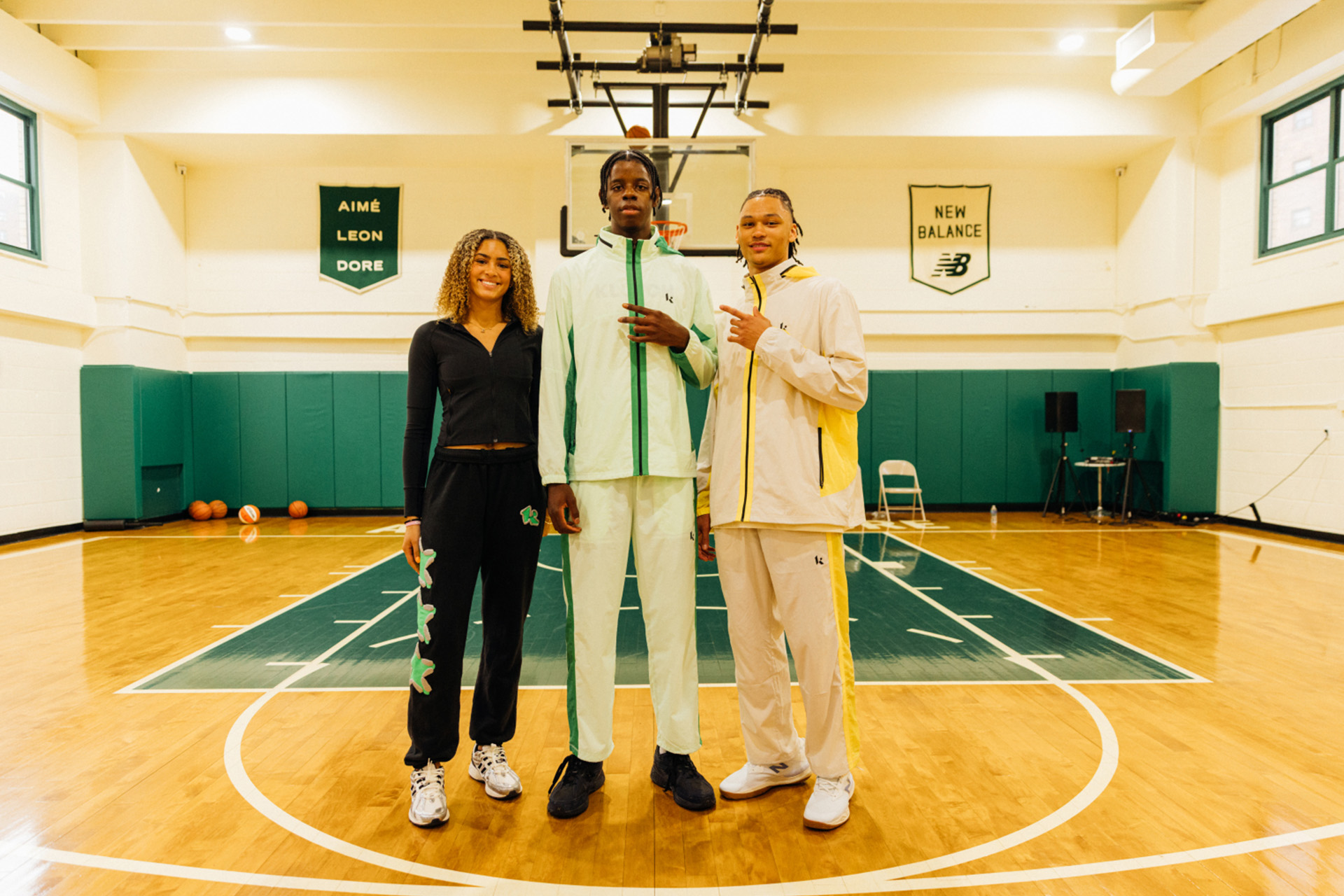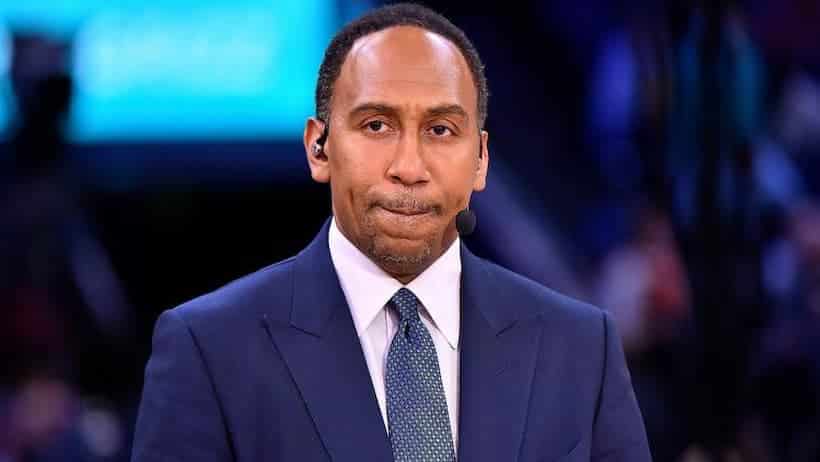In the hallways of the Detroit Pistons’ arena years ago, two-time NBA champion Earl Cureton ran into someone he vaguely remembered. It was during a game in the early 2000s. And the man he encountered was especially pleased to see him. But Cureton, now in his late 40s, scratched his head. He needed a minute to remember where he knew this tall, long-haired fella from.
“He was like, ‘I can’t believe you guys are still hanging around!’” Cureton said, recalling the moment. “Like, ‘You look good!’”
The two talked in the stadium’s catacombs as Cureton frantically engaged his recall. Who was this guy with the hair brushed behind his ears?
But that’s when Cureton remembered: Buenos Aires!
The man was Luis Scola, who by then was a hero with Argentina basketball after winning an Olympic gold medal with the team in 2004, the same year the American team shocked the world, finishing third – an unthinkable turn of events. Cureton had played with Scola some 10 years prior when the wiry South American was just 16-years-old, before the Olympics and his NBA career with teams like the Houston Rockets.
Playing abroad as a way to extend his own career in the mid-90s, Cureton helped teach basketball to Scola and his burgeoning team in Argentina. By then the globe had grown gaga for the game, thanks to the 1992 Dream Team. But, as Cureton knows, that wasn’t always the case. It took time and effort to teach the flow of basketball overseas.
Today, when considering the globalization of basketball, the numbers are staggering. Last season, for the second time in a row, the NBA’s top-three MVP candidates were international players: Giannis Antetokounmpo (Greece), Joel Embiid (Cameroon) and Nikola Jokic (Serbia) – with Jokic taking home the coveted award. The Top 5 scorers were all from different countries, too.
To begin 2022-2023, 120 international players (about ¼ of the NBA) from 41 countries filled league rosters. Compared to 1980 when only 1.7% of the league was foreign-born. But how exactly did basketball get to this position?
It starts, as many things in basketball history do, with Spencer Haywood.
*
If you ask Haywood now, he calls the year he spent in Italy his “period of exile.” In 1980, a dozen seasons before the Dream Team, the five-time NBA All-Star and former ABA MVP had concluded what he calls a “debacle” of a season. It was one in which his team, the Los Angeles Lakers, won the NBA championship. But Haywood had already been voted off the squad by then after he’d fallen asleep in practice due to substance abuse issues.
To make those matters worse, Haywood wasn’t exactly a darling of the league. To start his career, Haywood, who is now working on a feature-length biopic, had taken the NBA to the Supreme Court over the league’s age limit for players to enter the draft. And, well, he won, beating the NBA in court. As such, he wasn’t exactly endearing himself to the top brass.
After his issues in L.A. in the 1980 season, the 31-year-old faced a choice: if Haywood wanted to continue to play professional basketball (and collect the money remaining on his Lakers contract), he would have to do so overseas. It was a Napoleon-like exile. But as with the French ruler, the first punishment didn’t prove deadly. In fact, in Haywood’s case, heading to Venice for a year proved to be both a salve and a growth point for basketball itself. A necessary, symbiotic moment of cross-pollination.
“What was supposed to have been a bad thing,” said Haywood, “instead opened up the doors. And eyes for [more] European players.”
*
The Silver City, Mississippi-born Haywood had been a teenage hero for American basketball in the 1968 Olympic Games. He’d carried the team to gold and, as such, had a positive reputation internationally. Though his stock was down in America after the “debacle” with the Lakers, fans overseas who caught a glimpse of his American athleticism embraced Haywood through and through. In Venice, people flocked to his games, which were also broadcast nationally for all to see. Haywood dominated for his team, Venezia, averaging more than 25 points and 20 rebounds.
Haywood, who was married then to the fashion model, Iman, says he had originally wanted to stay in the NBA, perhaps to play for the expansion Dallas Mavericks. But his time in Italy as one of the first American stars to play overseas ended up being a boon to him and international basketball. Iman even took gigs around Europe to be closer to her husband.
When the year was up, Haywood, who wanted to be near his mother and daughter in the U.S., moved back home with his wife and played two seasons with the Washington Bullets. But in his wake, others followed across the Atlantic Ocean, including stars like former NBA MVP Bob McAdoo to role players like the NBA champion Cureton.
*

It was the summer of 1983 and Cureton had just won a championship with the Philadelphia 76ers. But now he was suddenly without a contract. A bench player, Cureton feared he wouldn’t earn a new deal in the league thanks to its outdated “right of first refusal” clause, which said a team that a free agent was set to leave was owned compensation for said player. Cureton thought no one would give up value and pay him. So, now spending time in Italy was on his mind. If he left for overseas play, the right of first refusal clause would no longer apply. It was a loophole and a good one, he thought.
So, Cureton signed a deal to play with a squad in Pesaro, Italy. At the time, few Americans still in their primes went that route. Yet, it was in the Boot-shaped country playing later for a team in Milan where Cureton met point guard and future NBA coach, Mike D’Antoni, now a life-long friend. He also met future basketball Hall of Famer Dino Meneghin. The team’s coach, Dan Peterson, was an American, too. Though his first stint in Italy lasted only a few months (the Detroit Pistons called with a contract a few weeks into the season), Cureton, who went on to play in a handful of countries in his two-decade career, saw the impact of NBA veterans abroad almost immediately.
“American players created the atmosphere over there,” Cureton says today. “We made them better players. Bringing American coaches in helped to teach the game, too.”
While the NBA now has just one franchise outside the U.S. (the Toronto Raptors), there is talk of expansion to Mexico City. These days, the league is thriving, and its reach is robust, with programming hitting 214 countries and territories in more than 50 languages. The sport is accessible, easy for young people of all backgrounds to pick up. Unlike baseball and football, there is no expensive equipment. Today, the NBA product enjoys a big footprint in China and is expanding in India and Africa. The league also holds camps in countries like the Philippines with retired stars like Muggsy Bogues. And last summer, all eyes were on the Eurobasket tournament, which featured NBA All-Stars Jokic, Lauri Markkanen and Luka Doncic.
“The NBA is a global league,” says senior vice president, head of international basketball development, Troy Justice. “The level of international talent is at an all-time high.”
*
With Jokic winning the MVP Award last year, the 2022-2023 season marked the fifth consecutive campaign in which an international player took home the coveted trophy. Indeed, the NBA has evolved since the 1980s when foreign players like Detlef Schrempf, Sarunas Marciulionis and Manute Bol were outliers.
But instead of flouting the international influence back then, the NBA fostered it. Doubled-down on it. And, somewhat more recently in the 2000s, teams like the San Antonio Spurs took it even further, bringing in guys like Parker and Manu Ginobili. Now, international scouting is a part of every team’s philosophy, with each squad employing at least several foreign-born players. Not to mention the recent No. 1 pick in the NBA draft was Frenchman Victor Wembanyama.
For Haywood, who helped spark the revolution nearly 50 years ago, his time overseas was restorative personally and telling professionally. The fans abroad showed him support during some of his darkest days. And in turn, the talented Haywood gave them the best basketball they’d ever seen in their lives. It was – and remains today – a wonderful symbiotic relationship.
“I was in so much pain from the previous year,” said a reflective Haywood. “The beautiful thing about being in Italy, they just loved [me]. All of the anger, all of the hate, the mistreatment that I felt – they just loved it all out of me. I couldn’t carry it with me anymore.”






